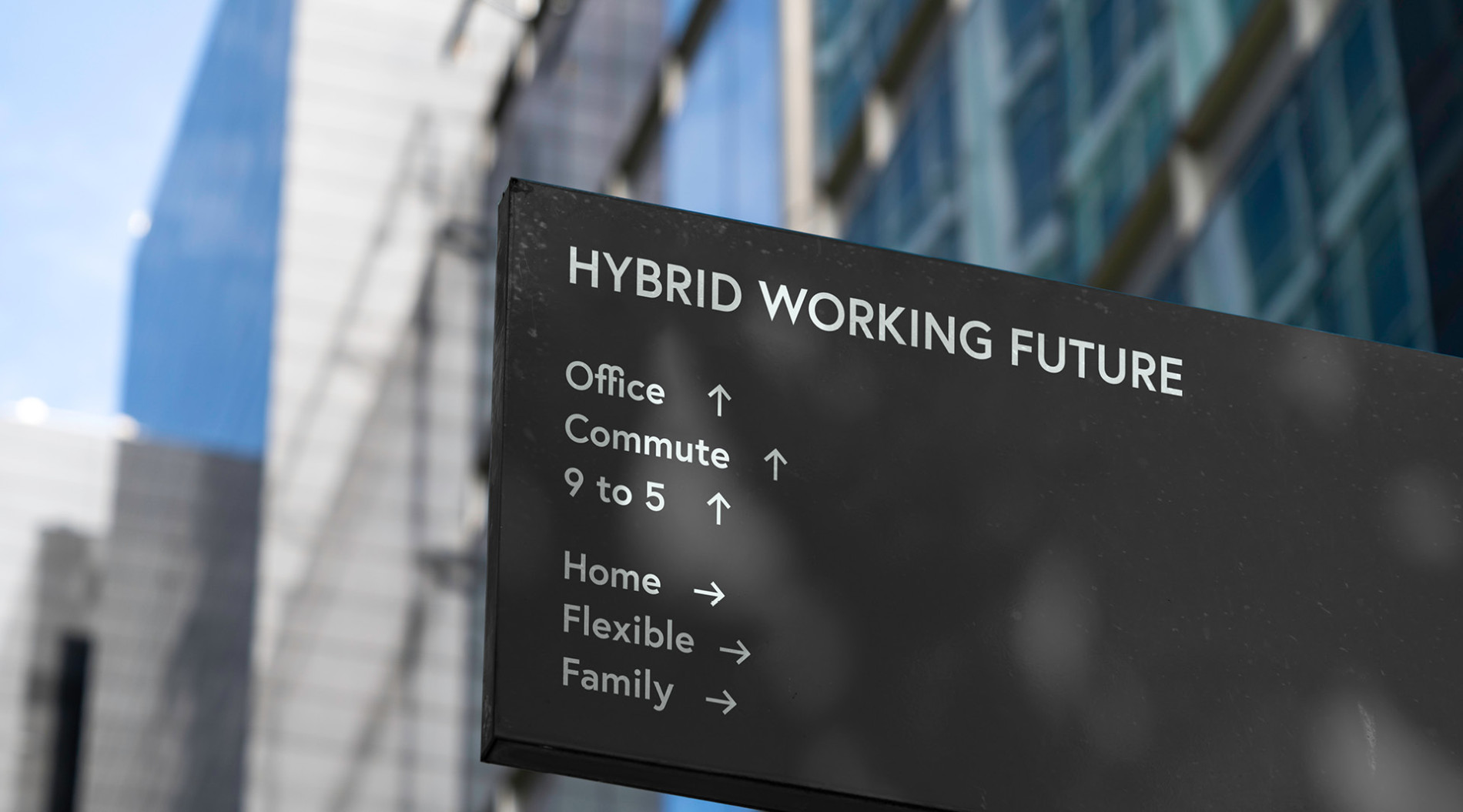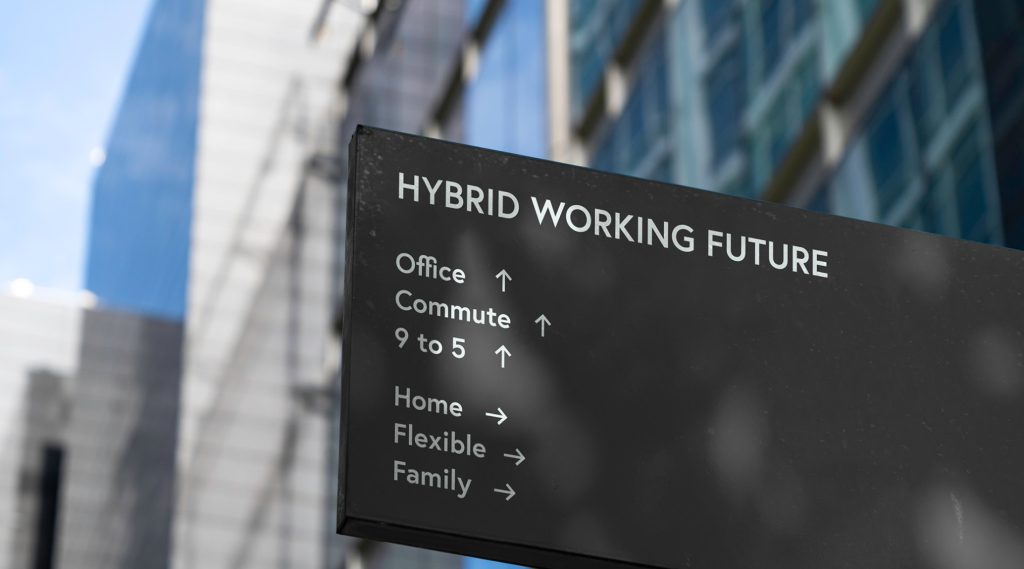Leading with Impact: How Leadership Shapes Employee Engagement
Retaining employees is hard work. Replacing them if they leave is expensive. The solution to both of these problems is keeping employees engaged.
According to research quoted by workforce communication specialists Haiilo, 63.3% of companies say that retaining employees is actually harder than hiring them. And a recent survey by HR software company ELMO found that it costs around $24,000 to hire a new employee in Australia and New Zealand, without counting additional expenditure on onboarding, training and retention.
However, employee engagement is not just crucial in improving retention and reducing turnover costs – it also drives overall organisational success. A recent Gallup poll found that companies who scored in the top quartile for employee engagement displayed the following characteristics when compared with organisations in the lowest quartile:
- 81% less absenteeism
- Between 18% and 43% lower employee turnover
- 64% fewer accidents
- 41% fewer quality defects
- 10% greater customer loyalty
- 18% higher productivity
- 23% higher profitability
Employee engagement also contributes to enhanced innovation, says the Asia Pacific Institute of Advanced Research and to positive organisational culture, according to RMIT University.
In other words, employee engagement is a special sauce your organisation needs in abundance.
How leadership links directly to employee engagement
The quality and capability of managers accounts for at least 70% of the variance in whether your employees are engaged or disengaged, according to the Gallup poll quoted above. It means that your organisation’s leaders play an absolutely critical role in employee engagement.
This shouldn’t come as too much of a surprise, since leaders and immediate managers influence almost every aspect of their team’s working life. They decide which tasks they work on, can either fix or ignore problems they encounter, may affect how an individual’s career progresses, and usually provide the first point of contact with higher levels of management.
Leaders can shape the work environment and influence employee motivation, satisfaction and performance. Leadership quality can either make or break employee engagement.
How specific leadership attributes influence employee engagement
Effective leaders possess qualities that foster a thriving workplace, leading to a more harmonious environment, increased loyalty, higher productivity and greater innovation.
Positive leadership behaviour
- Clear communication
Leaders need to provide clear expectations and define roles and responsibilities. Employees who understand what’s expected of them feel more secure and focused. Encouraging a two-way feedback loop allows them to voice concerns and ask questions, improving morale. Additionally, openness about company goals, strategies and challenges makes them feel valued and involved. - Trust and respect
Consistent actions and decisions from leaders, even when faced with problems, lead to a sense of fairness and equity. By recognising and respecting the contributions of all team members, regardless of their rank, leaders enhance team cohesion. - Supportive environment
Employees need to feel safe to express their opinions and learn from their mistakes without fear of retribution. Morale is boosted when hard work is acknowledged and successes celebrated. On top of this, leaders who promote social interaction and a healthy work-life balance can reduce staff burnout and increase loyalty. - Empowerment and autonomy
Leaders who delegate and trust employees with responsibilities give their team members a sense of ownership which can enhance their commitment. Allowing employees to have a say in decisions that affect their jobs or work environment fosters a sense of empowerment and encourages innovation. - Coaching and development
Investment by leaders in their team members’ personal and professional growth, by providing learning and career development opportunities, can lead to higher job satisfaction. Establishing mentor relationships within the organisation assists with the personal and professional development of employees, making them feel more connected and valued.
But not every leader, or leadership style, has a positive effect on employee engagement. Besides the absence of the positive qualities listed above, some of the following negative practices or deficiencies would reinforce the old adage that ‘People don’t leave jobs, they leave bad managers’.
Negative leadership behaviour, and how to address it
- Micromanagement
Micromanaging can stifle creativity, decrease employee confidence, and lead to feelings of mistrust. Leaders should be trained to trust their employees, delegate tasks, and focus on the big picture. - Lack of recognition or feedback
Not recognising or appreciating employees’ hard work can make them feel undervalued and unnoticed. Regular feedback sessions can be used to communicate both appreciation and suggestions for improvement. - Playing favourites
When leaders have clear favourites, it can lead to feelings of resentment, demotivation and unfairness among other team members. Leaders should be trained to treat all employees equitably. Objective metrics and standardised processes for promotions, salary increases and recognition can help in eliminating bias. - Ignoring conflicts
When conflicts are not addressed, they can fester and result in a toxic work environment. Leaders may need conflict resolution training.
Effective strategies for supporting leadership empowerment
Although some individuals are natural leaders, most individuals will evolve into successful leadership roles as a result of experience and training. They will benefit from leadership development programs involving workshops, seminars, coaching support, and mentorship from proven successful managers. Their training needs to be backed up by regular feedback and assessment via periodic performance reviews and 360-degree feedback loops.
Leaders’ effectiveness should be measured by using tools and platforms that provide actionable insights on employee engagement metrics, so that they can see the direct impact of their activities on engagement. To encourage leaders to prioritise employee engagement, those who drive positive engagement can be recognised through official channels of appreciation, promotion, and possibly bonuses.
On an ongoing basis, leaders need tools that will help them excel. Access to collaboration platforms like Slack, Microsoft Teams or Trello will facilitate communication and teamwork. In addition, a company-wide pattern of regular one-on-one meetings between managers and individual team members, as well as an employee feedback loop mechanism, will provide insights and help to maintain open channels of communication.
Finally, allow leaders the autonomy to make decisions on matters that affect employee engagement, and provide them with the resources they need to implement their strategies in a culture of continuous improvement.
Put employee engagement at the top of leaders’ ‘to do’ lists
Given the overwhelming evidence pointing to the power of employee engagement and the vital role in it that leaders play, it’s time to revisit leaders’ job descriptions and put engagement where it belongs – right at the top. Leadership, done right, creates a supportive environment of trust and respect founded on clear communication, autonomy, and personal and professional development. Organisations who recognise this and take appropriate action have the potential to create a culture where leaders are empowered to be engagers, resulting in improved overall employee satisfaction, productivity and success.
If you’d like to delve deeper into how to improve your employee engagement and retention, contact the team at Adecco for more ideas and expert advice.











